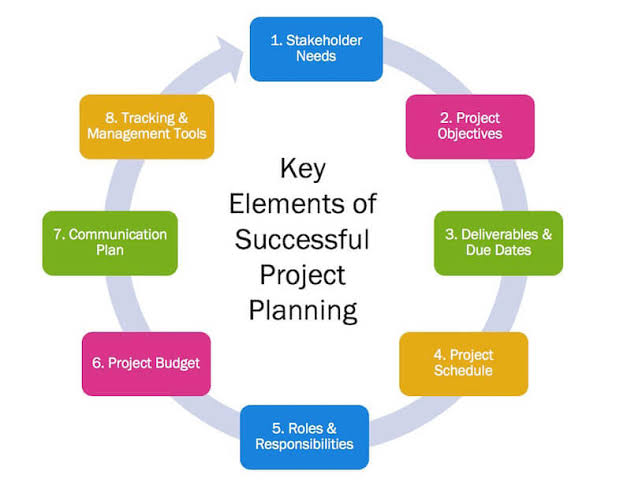Project planning is a critical aspect of project management that involves defining project goals, objectives, tasks, and resources needed to achieve those goals. It is a systematic approach to breaking down a project into manageable parts, and ensuring that all aspects of the project are properly aligned to achieve its desired outcome. In this article, we will provide an introduction to project planning and offer some practical advice for getting started.
Define Your Project Objectives
The first step in project planning is to define your project objectives. This involves considering what the project is intended to achieve, and what its desired outcomes are. Project objectives should be specific, measurable, achievable, relevant, and time-bound (SMART). This will help you to ensure that your project is focused and well-defined, and that everyone involved has a clear understanding of what is expected.
Create a Project Scope
Once you have defined your project objectives, the next step is to create a project scope. This involves defining the boundaries of the project, and what is included and excluded. A project scope should be detailed, and should include a clear definition of what the project will deliver, and what it will not. This will help you to ensure that everyone involved has a clear understanding of what is expected, and that your project stays on track.
Identify Your Project Stakeholders
The next step in project planning is to identify your project stakeholders. This includes anyone who is affected by the project or has an interest in its outcome. Stakeholders may include project team members, customers, vendors, stakeholders, and other parties. Understanding your stakeholders is critical for project success, as it helps you to manage their expectations, and to ensure that their needs are taken into account in your project plan.
Develop a Project Schedule
A key aspect of project planning is developing a project schedule. This involves creating a timeline of the activities and tasks required to complete the project, and determining the resources needed to carry them out. A project schedule should be detailed, and should include start and end dates, milestones, and key deadlines. It should also be flexible, and should allow for changes and adjustments as needed.
Determine Project Resources
Once you have developed a project schedule, the next step is to determine the resources needed to carry out the project. This includes identifying the personnel, equipment, materials, and other resources required to complete the project. It is important to be realistic in your resource estimates, and to consider any constraints or limitations that may impact your ability to carry out the project.
Create a Project Budget
In addition to determining the resources needed for your project, you also need to create a project budget. This involves estimating the costs of the personnel, equipment, materials, and other resources required to complete the project, and determining how these costs will be funded. A project budget should be realistic and achievable, and should allow for contingencies and adjustments as needed.
Develop a Risk Management Plan
Project planning also involves developing a risk management plan. This involves identifying potential risks that may impact the project, and determining strategies to mitigate or avoid those risks. A risk management plan should be proactive, and should consider potential risks at every stage of the project. This will help you to reduce the impact of unexpected events, and to ensure that your project stays on track.
You might find these FREE courses useful:
- Top Project Management: Life Cycle And Project
- Project Planning
- Project Planning and Execution
- Project Planning and Machine Learning
Conclusion
Finally, project planning involves monitoring and reviewing progress throughout the project. This involves regularly reviewing the project schedule, budget, and risk management plan, and making adjustments as needed. It also involves monitoring project performance and making changes to the project plan as necessary to





